In today’s fast-paced world, technology and digital products are constantly evolving. New trends and innovations emerge at a rapid pace, and it’s crucial for businesses and designers to stay ahead of these trends in order to remain competitive. Staying ahead of digital product trends offers numerous benefits, including the ability to meet customer expectations, gain a competitive edge, and drive business growth. On the other hand, falling behind can lead to missed opportunities, loss of market share, and ultimately, the decline of a business.
Trend #1: Increased Focus on User Experience and Accessibility
One of the most significant trends in digital product design is the increased focus on user experience (UX) and accessibility. User-centered design has become a top priority for companies across industries as they recognize the importance of creating products that are intuitive, easy to use, and enjoyable for their customers. By prioritizing UX, companies can enhance customer satisfaction, increase engagement, and build brand loyalty.
Accessibility is another crucial aspect of digital product design. With the rise of inclusive design practices, companies are recognizing the importance of making their products accessible to all users, including those with disabilities. By ensuring that their products are accessible, companies can reach a wider audience, improve user satisfaction, and demonstrate their commitment to inclusivity.
Trend #2: The Rise of Voice-Activated Technology
Voice-activated technology has experienced significant growth in recent years, thanks to the proliferation of smart speakers and voice assistants like Amazon’s Alexa and Apple’s Siri. This trend has opened up new possibilities for digital product design across various industries. Voice technology has the potential to revolutionize how we interact with digital products, from smartphones and smart home devices to cars and healthcare applications.
However, designing for voice interfaces presents unique challenges. Unlike traditional graphical user interfaces (GUIs), voice interfaces require designers to think about conversational interactions and natural language processing. Designers must consider factors such as context, tone, and user expectations to create seamless and intuitive voice experiences.
Trend #3: The Continued Growth of Artificial Intelligence
Artificial intelligence (AI) has become increasingly prevalent in digital products, enabling capabilities such as machine learning, natural language processing, and computer vision. AI has the potential to transform industries by automating tasks, improving decision-making processes, and enhancing user experiences.
The benefits of AI in digital product design are vast. AI-powered chatbots can provide instant customer support, AI algorithms can personalize content and recommendations, and AI-driven analytics can uncover valuable insights from large datasets. However, there are also risks associated with AI, such as privacy concerns, algorithmic bias, and job displacement. Ethical considerations must be taken into account when designing AI-powered products to ensure that they are fair, transparent, and accountable.
Trend #4: The Emergence of 5G Networks and their Impact on Digital Products
The rollout of 5G networks is set to revolutionize the digital product landscape. With faster speeds, lower latency, and increased capacity, 5G networks will enable new types of products and services that were previously not feasible. From autonomous vehicles and smart cities to virtual reality (VR) and augmented reality (AR) experiences, 5G networks will unlock a world of possibilities.
Designing for 5G networks comes with its own set of challenges. With increased bandwidth and lower latency, designers must consider how to leverage these capabilities to create seamless and immersive experiences. Additionally, the increased data transfer rates of 5G networks will require designers to optimize their products for efficient data usage to avoid overwhelming users’ data plans.
Trend #5: The Importance of Cybersecurity in the Digital Product Landscape
As technology advances, so do the threats posed by cybercriminals. Cyber attacks have become more sophisticated and prevalent, posing significant risks to businesses and consumers alike. Data breaches can result in financial loss, reputational damage, and compromised personal information.
In the digital product landscape, cybersecurity has become a critical consideration. Designers must prioritize security measures to protect user data and ensure the integrity of their products. This includes implementing strong encryption, multi-factor authentication, and regular security audits. By prioritizing cybersecurity in product design, companies can build trust with their customers and safeguard their sensitive information.
Trend #6: The Growing Popularity of Augmented and Virtual Reality
Augmented reality (AR) and virtual reality (VR) have gained popularity in recent years, offering immersive experiences across various industries. AR overlays digital content onto the real world, while VR creates entirely virtual environments. These technologies have the potential to transform industries such as gaming, entertainment, education, healthcare, and retail.
Designing for AR and VR presents unique challenges. Designers must consider factors such as user comfort, motion sickness, and interaction design to create compelling and user-friendly experiences. Additionally, the hardware requirements for AR and VR experiences can be costly, limiting accessibility for some users.
Trend #7: The Integration of Blockchain Technology in Digital Products
Blockchain technology has gained attention for its potential to revolutionize industries such as finance, supply chain management, and healthcare. Blockchain is a decentralized ledger that enables secure and transparent transactions without the need for intermediaries. By leveraging blockchain technology, digital products can offer enhanced security, privacy, and trust.
Designing for blockchain technology requires a deep understanding of its underlying principles and technical considerations. Designers must consider factors such as data privacy, scalability, and interoperability when integrating blockchain into their products. Additionally, educating users about blockchain technology and its benefits is crucial to ensure adoption and usability.
Trend #8: The Evolution of E-commerce and Online Shopping
E-commerce has experienced tremendous growth in recent years, with online shopping becoming the preferred method for many consumers. The rise of mobile devices has further accelerated this trend, allowing users to shop anytime, anywhere. Designing for e-commerce and online shopping requires careful consideration of factors such as user experience, mobile optimization, and secure payment processing.
Designers must create intuitive and seamless user experiences that make it easy for customers to browse products, make purchases, and track orders. Mobile optimization is crucial, as more users are accessing e-commerce websites and apps from their smartphones. Additionally, ensuring secure payment processing is essential to build trust with customers and protect their financial information.
Trend #9: The Importance of Sustainability in Digital Product Design
As the world becomes increasingly concerned about the environment, sustainability has become a crucial consideration in digital product design. Digital products have an environmental impact, from the energy consumption of data centers to the disposal of electronic waste. Designers must prioritize sustainability by creating energy-efficient products, minimizing resource consumption, and promoting recycling and responsible disposal practices.
Sustainable product design can also offer business benefits. Consumers are becoming more conscious of their environmental footprint and are more likely to support companies that prioritize sustainability. By incorporating sustainable practices into their products, companies can attract environmentally conscious customers and differentiate themselves in the market.
How to Stay Ahead of the Curve and Embrace these Digital Product Trends in 2022
Staying ahead of digital product trends is crucial for businesses and designers who want to remain competitive in today’s fast-paced world. To stay ahead of the curve, it’s important to continuously monitor industry trends, conduct market research, and engage with customers to understand their evolving needs and expectations.
Embracing these digital product trends offers numerous benefits. By prioritizing user experience and accessibility, companies can enhance customer satisfaction and build brand loyalty. Leveraging voice-activated technology, artificial intelligence, 5G networks, augmented and virtual reality, blockchain technology, and sustainable design can unlock new opportunities and drive business growth.
In conclusion, staying ahead of digital product trends is not only important but necessary in today’s rapidly evolving landscape. By embracing these trends and incorporating them into product design, businesses can position themselves for success in 2022 and beyond.












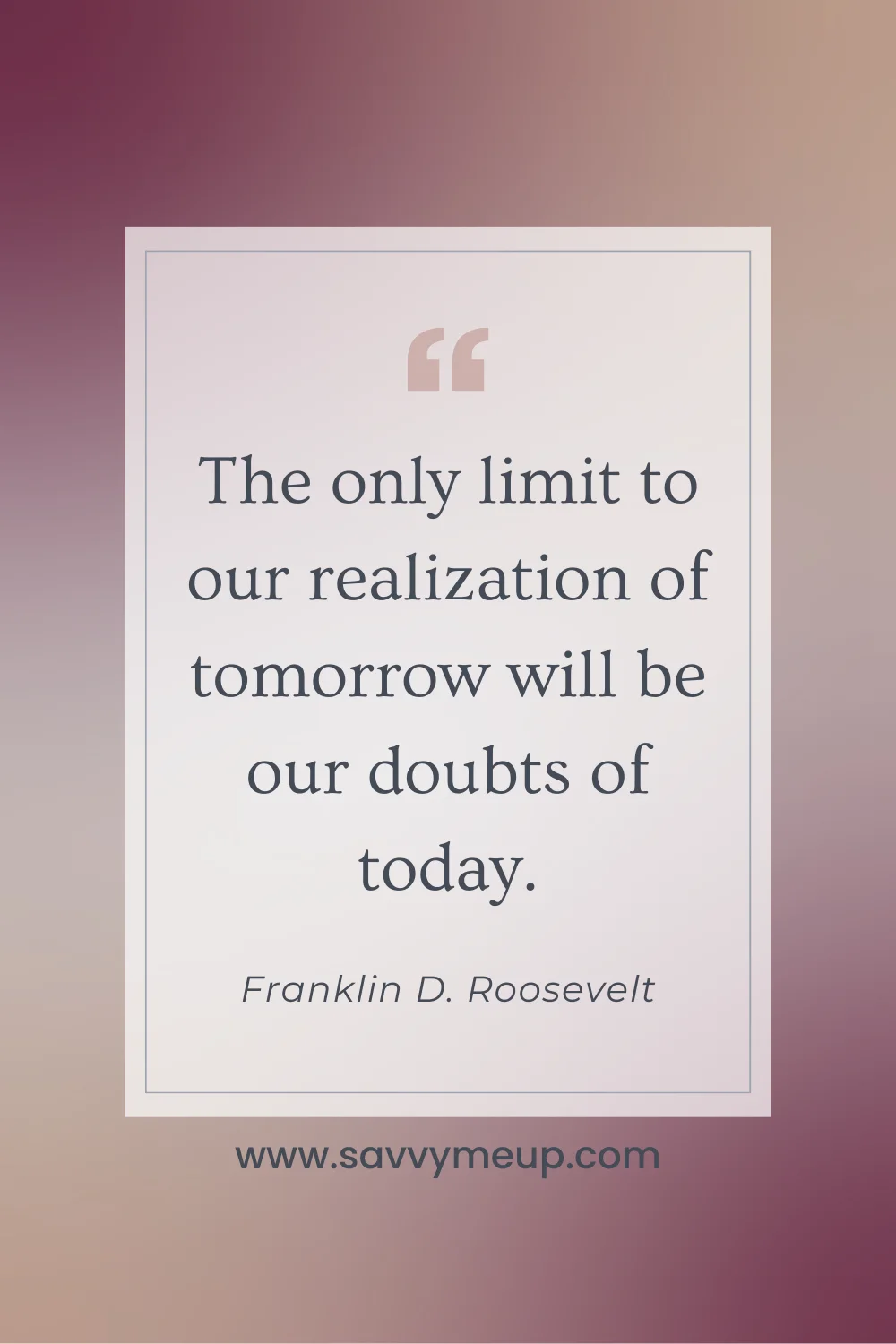



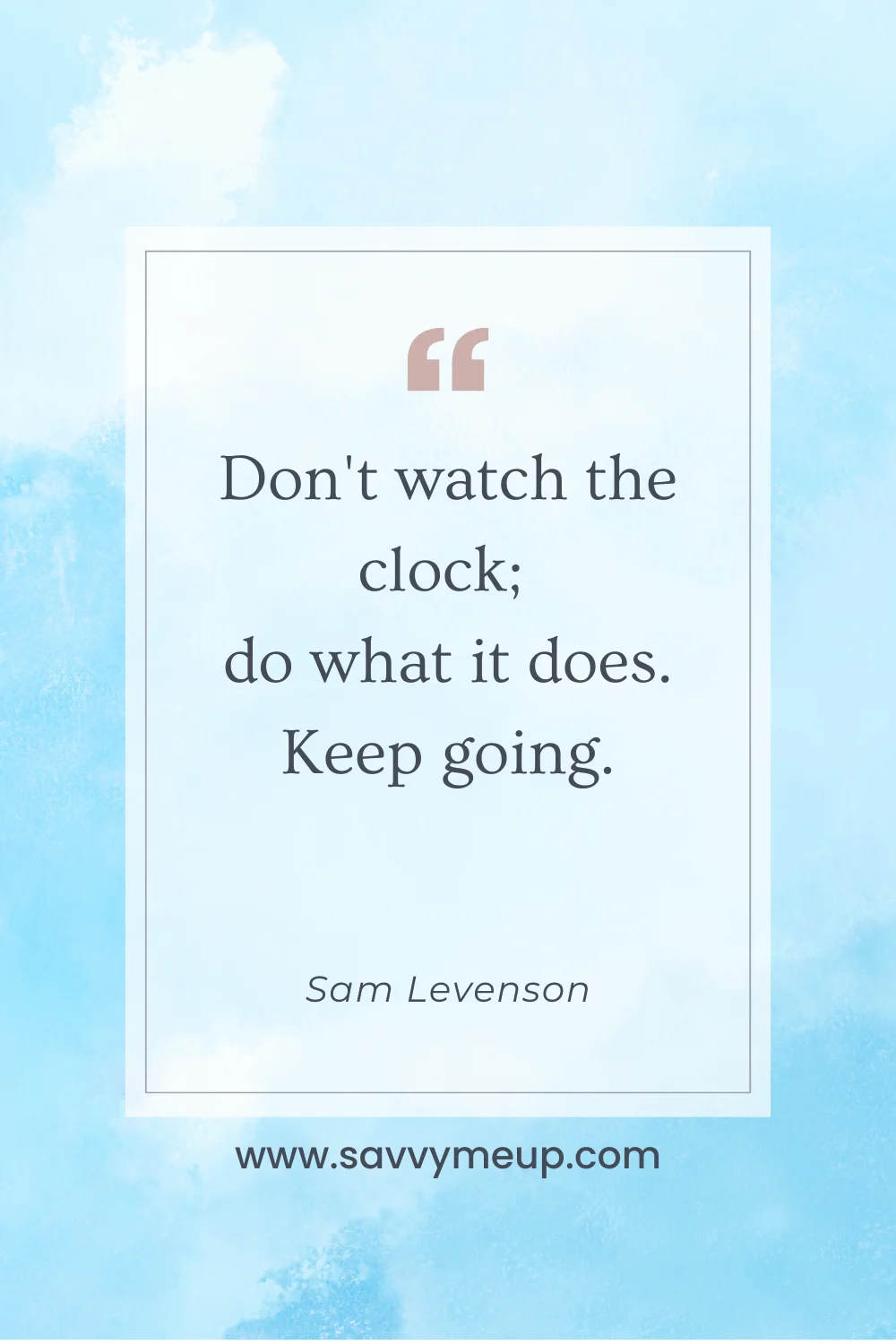

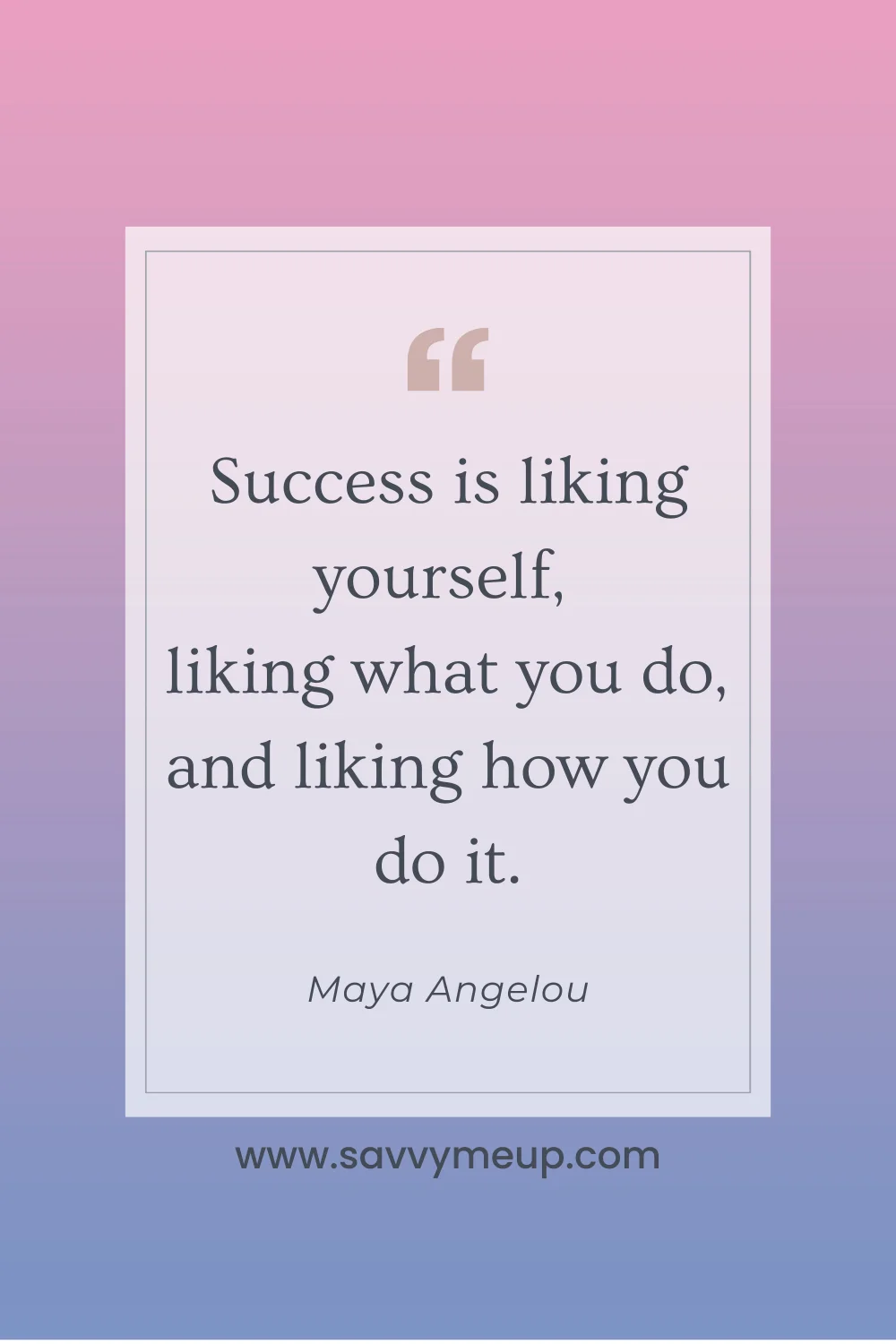
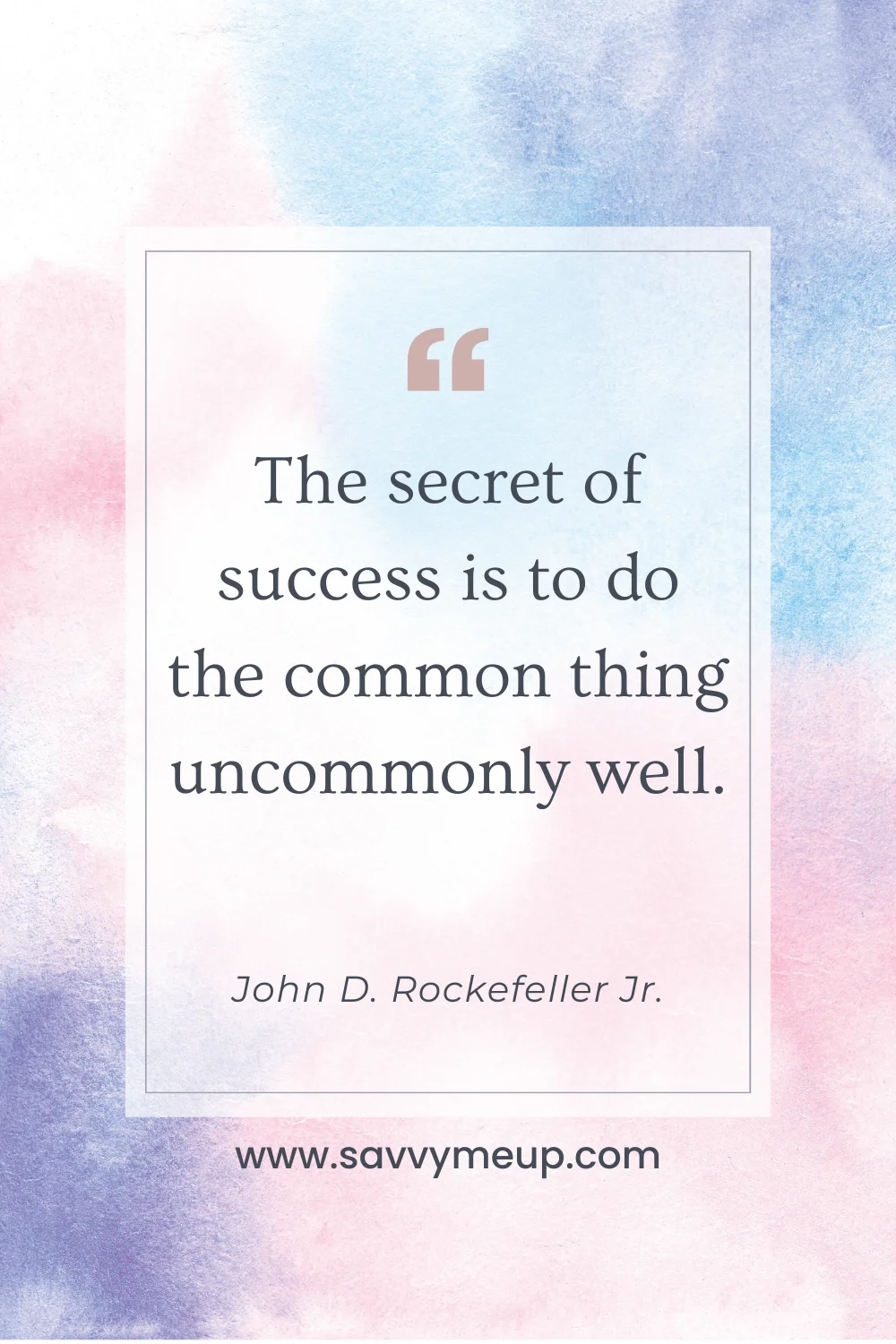
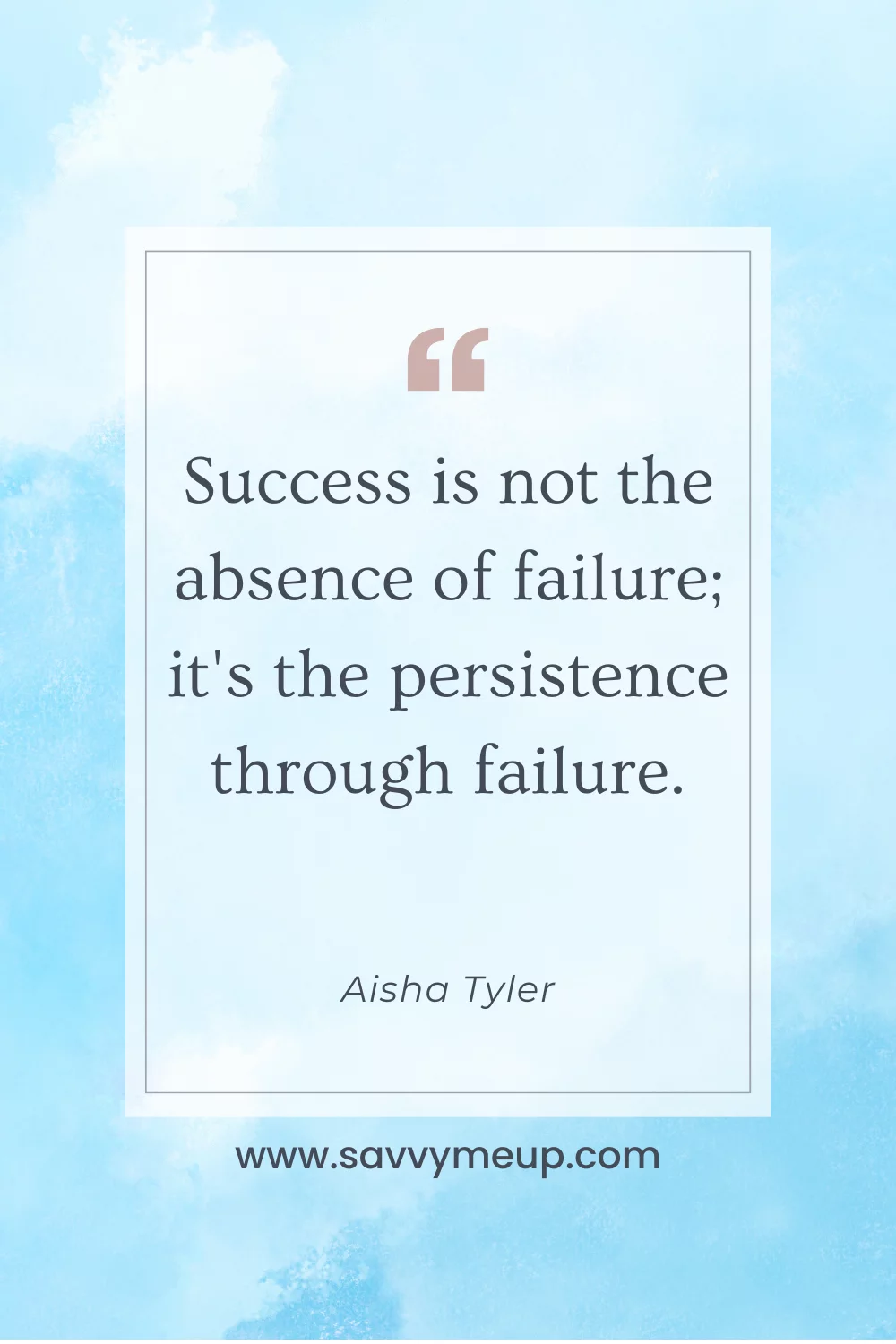

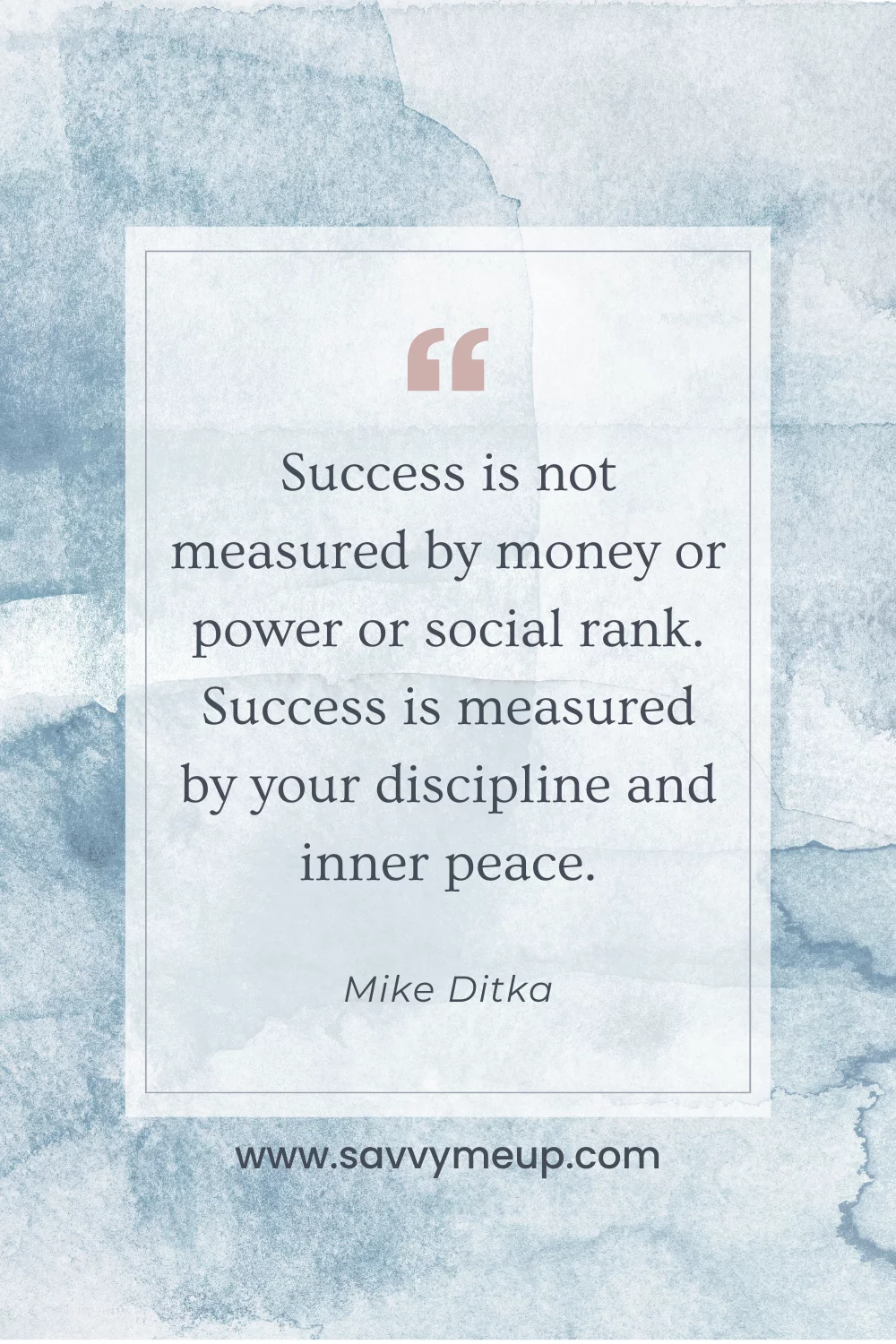
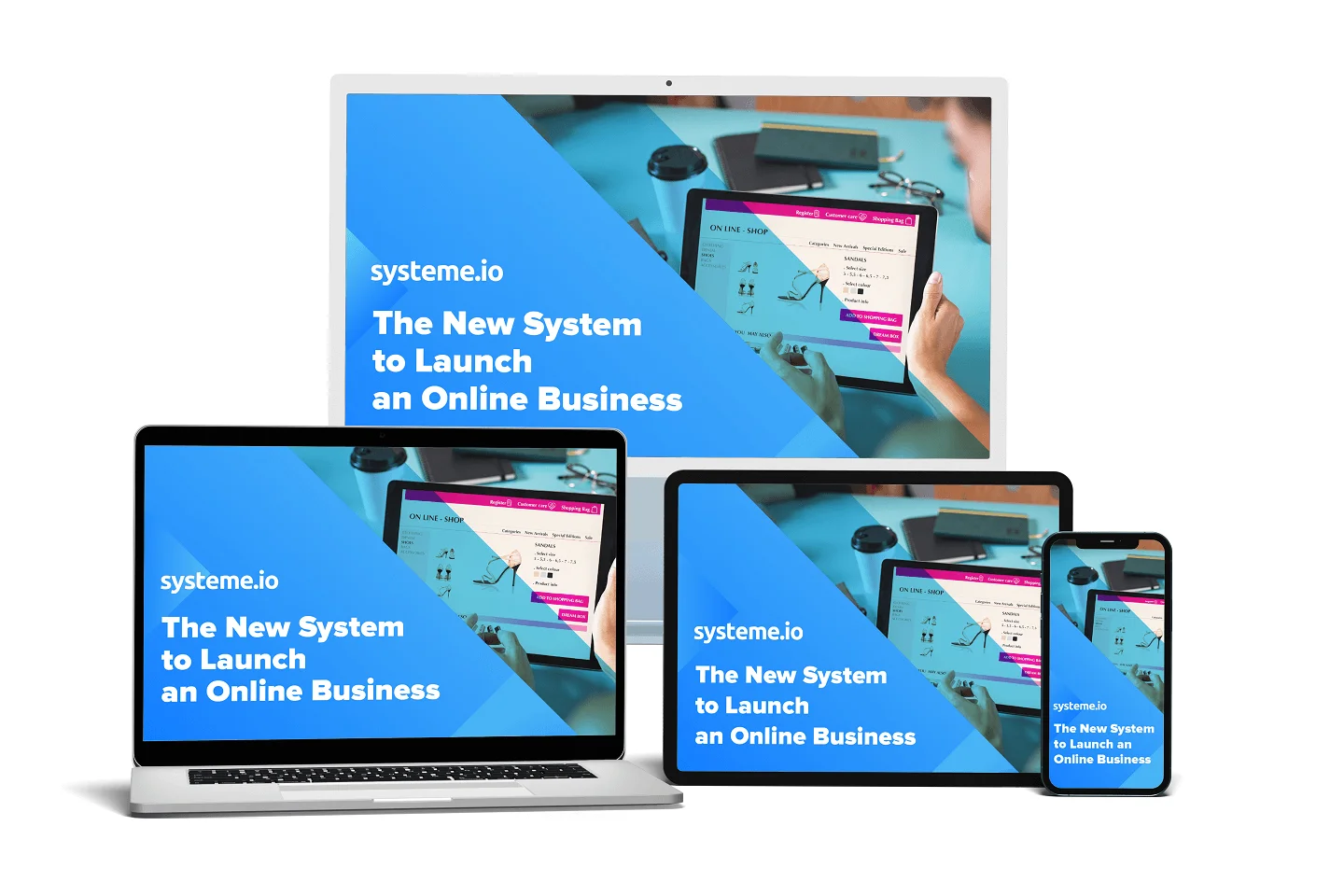

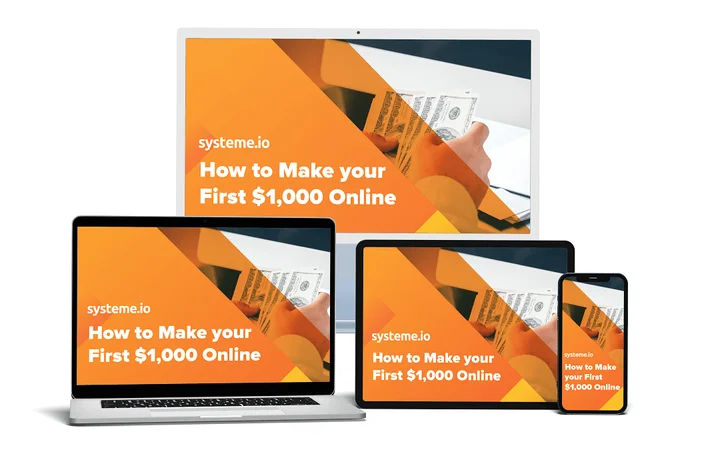
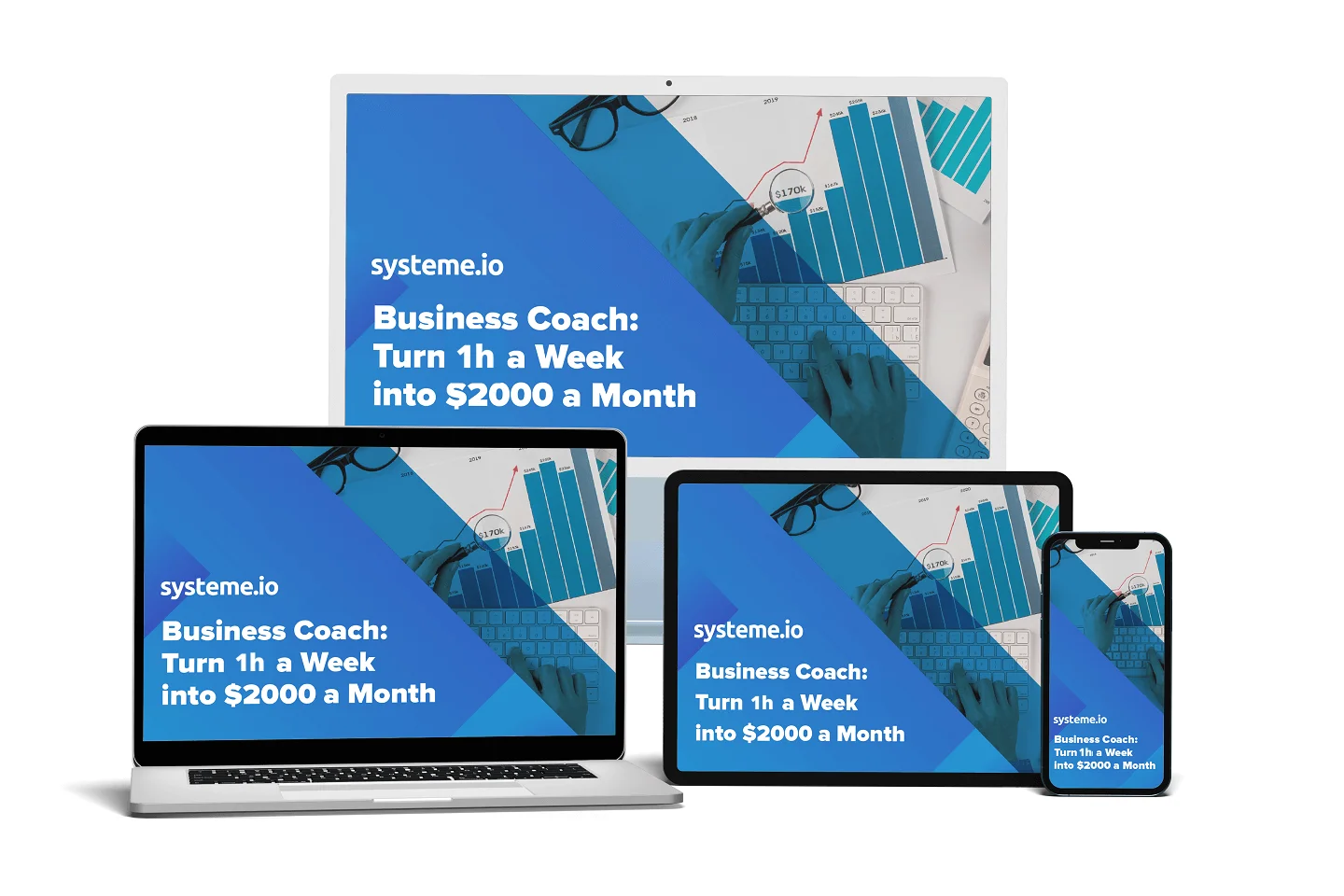

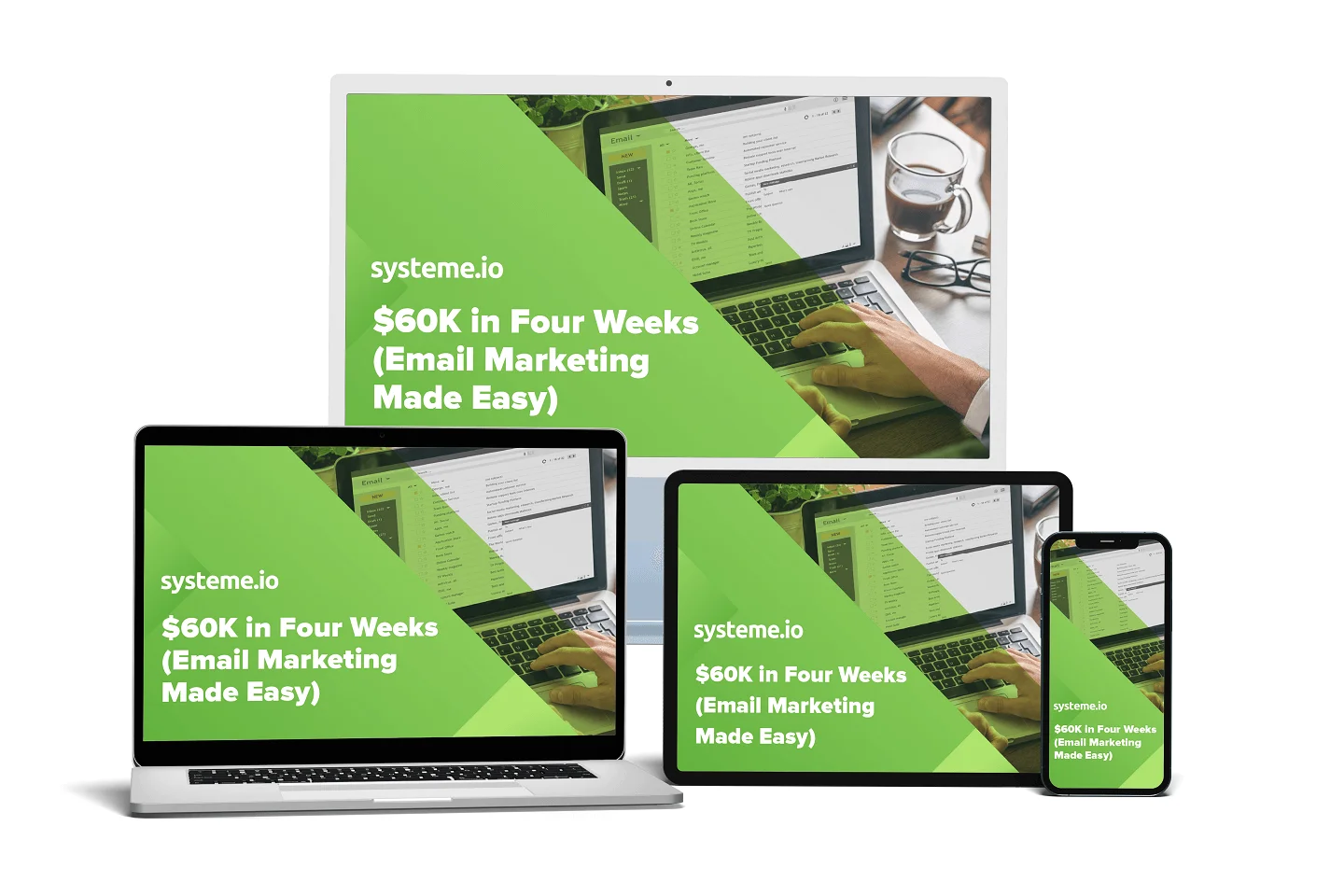










0 Comments